
How to Retrieve Bitcoin’s Current Price Using Public Crypto APIs

Whether you're building a crypto dashboard, conducting blockchain research, or creating an automated trading bot, access to real-time Bitcoin pricing is essential. But how do developers and data analysts retrieve the current price of Bitcoin from a public crypto API—and what are the key considerations when choosing an API for this purpose?
Why Crypto APIs Are Core to Bitcoin Price Data
Crypto APIs—or Application Programming Interfaces—are structured gateways that let apps, bots, or websites communicate seamlessly with live crypto data sources. Instead of manually visiting exchanges or aggregators, an API call instantly delivers Bitcoin's current price in a standardized, machine-readable format. This capability underpins everything from price tickers to advanced algorithmic and AI-driven research tools.
Several types of organizations offer public crypto APIs, including:
- Aggregators (e.g., CoinGecko, CoinMarketCap): Offer data across many exchanges for robust average pricing.
- Exchanges (e.g., Binance, Coinbase Pro): Provide real-time prices directly from their order books.
- Analytical Platforms (e.g., Token Metrics): Deliver prices alongside signals and on-chain analytics.
Public APIs generally support unauthenticated (no login) endpoints for basic pricing, though many now require an API key for higher request rates and advanced data. Whether you’re a beginner or building a sophisticated AI agent, choosing the right crypto API—and querying it appropriately—is the foundational step.
Step-by-Step: Retrieving Bitcoin’s Price from a Public API
The most straightforward way to retrieve Bitcoin's current price is to query a reputable crypto API from your application or terminal. Here’s a typical workflow:
- Choose Your API Provider. Start by selecting a reliable public crypto API such as CoinGecko, CoinMarketCap, Binance, or Token Metrics.
- Get Access Credentials. Many APIs are open for public use, but some require you to register and obtain a (usually free) API key to access their endpoints or avoid rate limiting.
- Consult API Documentation. Every provider publishes documentation describing the endpoints for price data. For example, CoinGecko’s endpoint for Bitcoin’s current price is:
https://api.coingecko.com/api/v3/simple/price?ids=bitcoin&vs_currencies=usd - Send an HTTP Request. You can use programming languages (like Python or JavaScript), command-line tools (such as curl), or even browser-based REST clients to send a GET request to the endpoint.
- Parse the API Response. Responses are typically in JSON format. For the above CoinGecko endpoint, you might receive:
{ "bitcoin": { "usd": 43000 } } - Integrate and Refresh. Decide how often to refresh the price in your app (e.g., every 10 seconds for real-time, every minute for dashboards), mindful of rate limits and network efficiency.
For more advanced needs, consider APIs offering historical pricing, volume data, or exchange-specific quotes, and always respect each provider’s usage policy.
Practical Examples: Using Python and JavaScript to Fetch Bitcoin’s Price
Let’s look at how you might programmatically retrieve Bitcoin price data using Python and JavaScript. These examples use the free CoinGecko public endpoint, but principles are similar for other providers (including Token Metrics). Remember: Always insert your API key if required and consult the provider's documentation for up-to-date endpoints.
- Python (using requests):
import requests response = requests.get('https://api.coingecko.com/api/v3/simple/price?ids=bitcoin&vs_currencies=usd') data = response.json() print('Bitcoin price in USD:', data['bitcoin']['usd']) - JavaScript (using fetch in Node.js or browsers):
fetch('https://api.coingecko.com/api/v3/simple/price?ids=bitcoin&vs_currencies=usd') .then(res => res.json()) .then(data => console.log('Bitcoin price in USD:', data.bitcoin.usd));
For APIs requiring an API key, you typically add it via a header or as part of the URL (e.g., ?apikey=YOUR_API_KEY). Always treat keys securely and avoid sharing them in public code repositories.
How to Choose the Right Public Crypto API for Bitcoin Price Retrieval
Not all crypto APIs are equal: coverage, latency, historical data availability, and advanced analytics vary widely. Here are key factors to evaluate:
- Data Accuracy and Source: Does the API offer composite price averages or single-exchange quotes? Is data refreshed in real-time (every second), or is it delayed?
- Coverage and Features: Does the provider offer price data for only Bitcoin, or thousands of crypto assets? Do they include historical time-series, market depth, or on-chain analytics?
- Rate Limits and Reliability: Is the API robust at high request rates? Are there limits per minute or per day?
- Security and Compliance: Are API keys managed securely? Does the provider have clear policies around data use?
- Documentation and Community Support: Well-documented APIs save time and reduce integration risk.
For enterprise or analytics-focused use cases, APIs like Token Metrics add value through comprehensive data sets, trading signals, and AI-powered insights, enabling deeper quantitative or on-chain research workflows.
Leveraging AI and Real-Time Crypto Analytics for Bitcoin Price Data
Modern crypto research isn’t just about fetching a price—it’s about contextualizing that price within broader trends. AI and machine learning models, including those powering platforms like Token Metrics, ingest live price feeds, on-chain metrics, social sentiment, and more to provide actionable analytics and deeper market understanding.
For developers and researchers, integrating public crypto price APIs is often the first step in powering:
- Automated Trading Bots that continually scan the market for opportunities.
- Data Visualizations and Dashboards suited for both retail and institutional analysis.
- Risk Engines that combine price with volatility metrics or blockchain activity.
- AI Agents that require real-time price inputs to optimize predictions or portfolio models.
Choosing an API that delivers not only price, but also analytical data, can accelerate both research and application development.
Build Smarter Crypto Apps & AI Agents with Token Metrics
Token Metrics provides real-time prices, trading signals, and on-chain insights all from one powerful API. Grab a Free API Key
FAQs: Retrieving Bitcoin’s Current Price from Public APIs
What is a public crypto API?
A public crypto API is an interface provided by exchanges or data aggregators that allows users to access cryptocurrency data—such as price, volume, and other metrics—without requiring private access or fees. Some APIs may still require free registration for an API key.
Is public API Bitcoin price data real-time or delayed?
This depends on the provider. Leading APIs typically offer real-time or near real-time data (updated every second), but some aggregate or free APIs may introduce short delays. Always check the documentation for specifics on data freshness.
Are there rate limits for public crypto APIs?
Yes. Almost all public APIs have rate limits—typically restricting the number of requests per minute or per day. These are put in place to prevent abuse and ensure fair access for all users. Higher limits may be available with paid plans or API keys.
Can I use public Bitcoin price APIs for commercial projects?
This depends on the API’s terms of service. While many offer free public endpoints, commercial usage may be subject to tighter limits or require a paid plan. Always review the provider’s terms, especially for high-frequency or enterprise use.
How secure is it to use public crypto APIs?
Public APIs themselves are generally secure when accessed over HTTPS. However, always protect your API keys, follow provider best practices, and avoid exposing sensitive credentials in public code repositories or front-end codebases.
Disclaimer
This article is for informational purposes only. It does not constitute financial advice, recommendations, or endorsements. Always conduct independent research and comply with all applicable laws and API usage terms before integrating third-party data sources.

.svg)

Create Your Free Token Metrics Account

.png)




%201.svg)
%201.svg)


%201.svg)



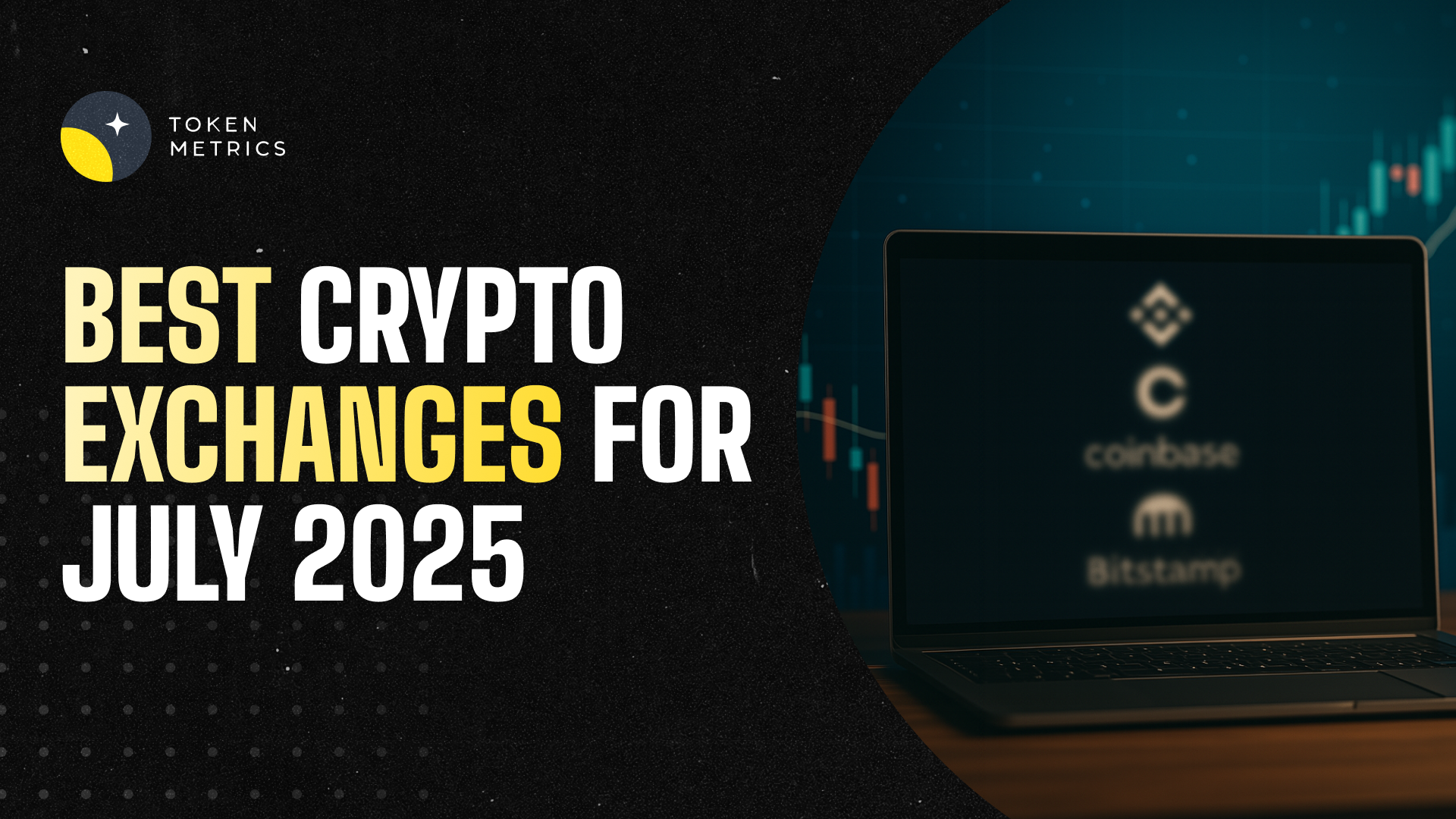
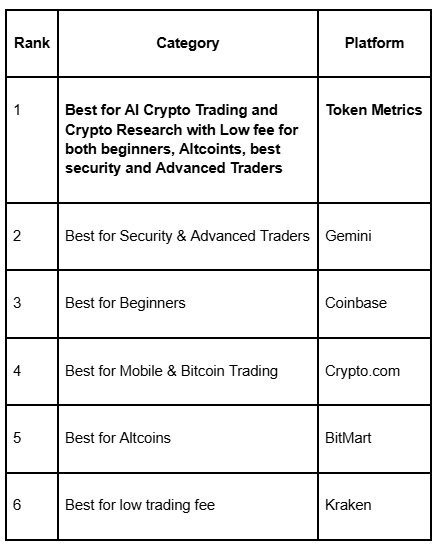










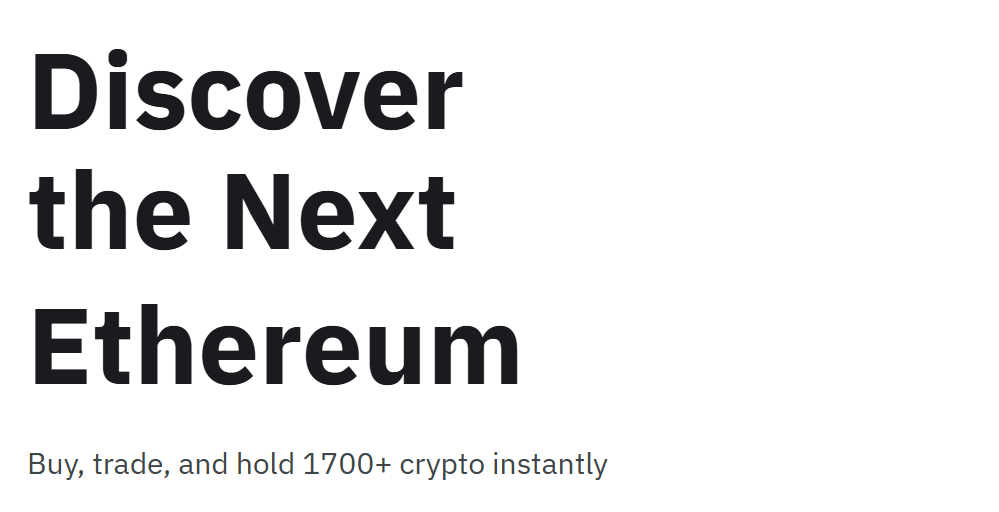
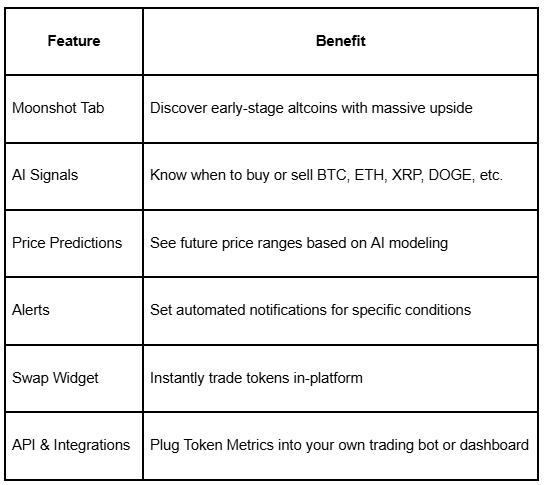
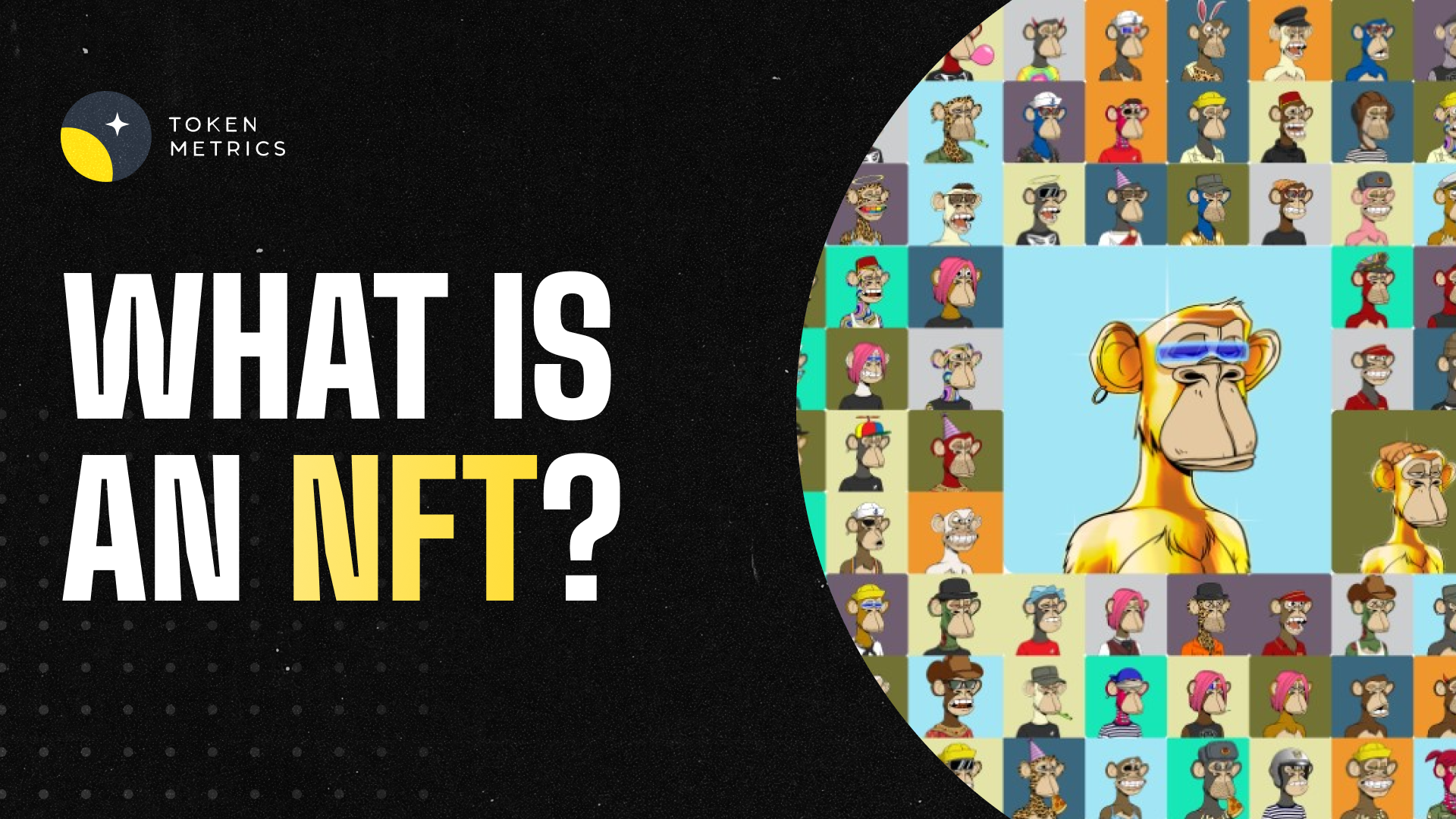

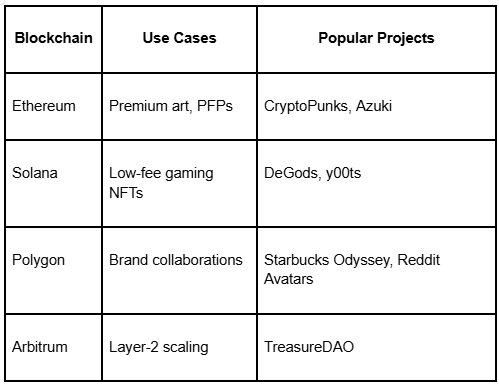
.png)
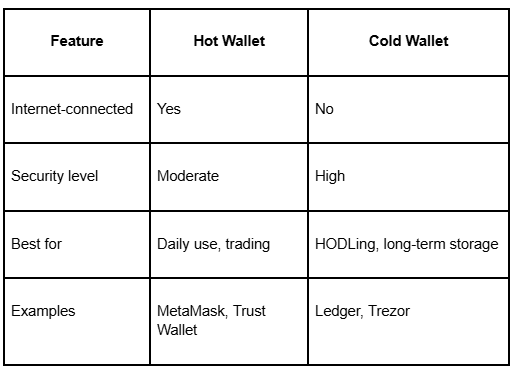

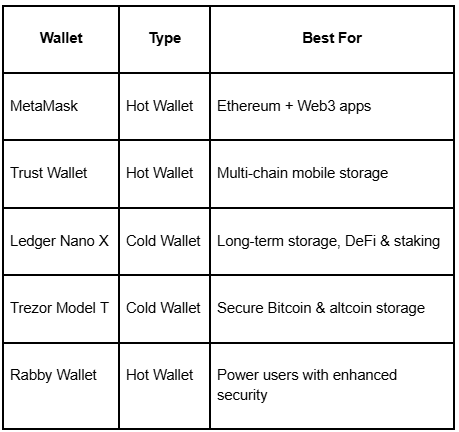



.svg)




.png)